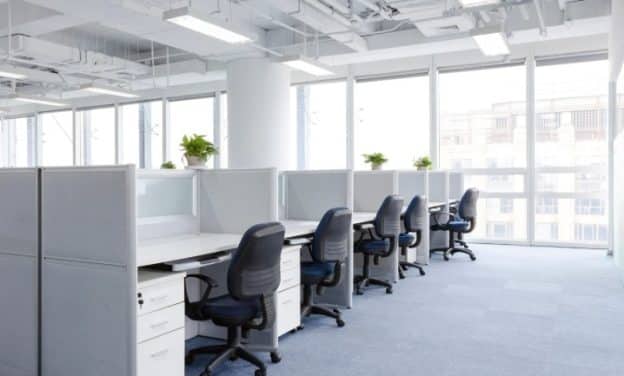Many businesses face rising overheads. Office leases, utilities, and maintenance add up quickly. The rise of hybrid work has left empty desks gathering dust. Companies are downsizing to match space with actual needs. Selling or subleasing surplus square footage unlocks equity. This capital can fund targeted renovations.
Upgrades can improve workflows and lift morale. This article explores how to redirect equity into productivity-focused improvements. You will learn to plan, finance, and measure results. A leaner footprint can become a performance driver.
The shift to leaner footprints
As workplaces evolve, firms seek more agile setups. Hybrid and remote work cut space requirements, and empty desks incur wasted costs. Downsizing aligns office size with headcount. It also trims rent and upkeep expenses. Many organizations find that small, well-designed spaces suffice. This trend can free significant capital. This money ought not to sit idle. It should fuel projects that boost output.
In addition, a smaller office can encourage collaboration. Teams gather in dedicated areas instead of being scattered. This design fosters focus and creativity. In 2025, commercial property markets remain fluid, and demand for flexible workspaces is high. Landlords often buy back unused sections or permit subleases. Each option offers a path to liquidity. The key is to view space as an asset.
Unlocking hidden capital
Companies that own real estate can tap latent equity. Selling part of a building or subleasing can free funds. Even tenants can renegotiate leases to trim square footage. Each scenario opens capital for reinvestment. Begin with a property audit. List excess areas and estimate market value. Engage a commercial broker to gauge interest. Avoid rushing into sales; timing and pricing matter.
Be sure to conduct a cost-benefit analysis for each option. Factor in transaction costs, taxes, and potential downtime. Talk to financial advisors early. Their guidance prevents costly mistakes. Once equity is identified, businesses control funding. They can choose to reinvest it in core operations.
Choosing the right financing option
If you need cash quickly, refinancing can be one path. A cash-out refinance trades existing debt for a larger loan. A line of credit lets you borrow as projects progress. In this context, HELOCs might make more sense than cash-outs. This approach offers flexibility and lower upfront costs. Businesses tap funds only when they are ready, and interest accrues only on what you use.
Lenders typically require a solid renovation plan. You must also show how upgrades will boost revenue. This reduces risk for both parties. Compare rates, fees, and repayment terms carefully.
Seek pre-approval early to lock in favorable rates. Some lenders offer introductory periods with reduced interest. Others provide step-rate structures tied to project milestones. Discuss these options with your banker. Understand covenants and potential triggers. You do not want to breach terms during construction.
Additionally, consider loan-to-value ratios. Ensure the loan size aligns with projected renovation costs. By planning ahead, you position your project for smooth execution. The right financing strategy can reduce cash drag and protect liquidity.
Planning productivity-focused renovations
Before swinging hammers, set clear goals. Identify pain points in your current layout. Are teams disconnected? Do shared areas feel sterile? Gather employee feedback via surveys or focus groups. Then prioritize upgrades that serve the highest need.
Create a project scope with timelines and budgets. Engage an architect or interior designer with corporate experience. They can translate needs into drawings and cost estimates. Leave room for contingencies; a 10% buffer on budgets is wise. Be sure to communicate plans to staff. Clear updates reduce uncertainty and maintain morale.
Decide on phases to minimize disruption. Phase one could tackle high-traffic zones like the reception and break areas. Phase two might upgrade individual workstations. A phased approach keeps operations running. It also spreads out capital outlays.
Consider lease terms if some areas are to be re-leased. Align renovation phases with sublease expirations to avoid double occupancy costs. With a robust plan in hand, you can move confidently into execution.
Design principles for enhanced output
Good design balances form and function. Ergonomic furniture reduces fatigue and boosts focus. Adjustable desks let staff alternate between sitting and standing. Invest in task lighting to cut eye strain. In addition, be sure to incorporate biophilic elements, such as plants or natural materials. These features lower stress and improve air quality.
Use modular walls or dividers for flexibility. Teams can reconfigure spaces for projects. Open layouts promote transparency, but private zones remain essential. Include phone booths or small meeting rooms for calls.
The materials you use should be durable and easy to maintain. Flooring, paint, and fixtures must suit heavy use. Ensure you choose colors that align with your brand palette. A cohesive space reinforces company culture. Great design does more than look good; it performs under pressure.

